
Generations of my family have been cooking with
cast iron for years, so I’m pretty biased and well versed when it comes to this cooking medium. However, I’ve been using my Solidteknics Aus-ION pan more and more and can see the similarity between these extremely hard wearing and durable materials. I’ve also uncovered a few tricks to working with both of these pans, ensuring they really will last you a lifetime.
Solidteknics Aus-ION
I had never heard of or seen anything like these steel pans – especially the multi-century guarantee! I have found my little frypan a joy to use as it is so lightweight and easy to carry around (
see my adventures with it in Tasmania here) yet extremely hard wearing. These pans were made to cook over the fire and withstand extreme temperatures. Therefore I think these are perfect pans for camping.
The Aus-ION pans come “pre-seasoned”, therefore I didn’t think I needed to do much to it, unlike cast iron pans that require
seasoning before the first use. So as I used my pan over and over again, I noticed there was some sticking taking place, especially when cooking eggs. (The size of this little frypan I have is absolutely perfect for an individual omelette, so I made this the most and was becoming more and more frustrated as the eggs kept sticking to the pan). One day I just thought that I would try to season the pan in the same way I did for my cast iron, so I referred to my own
instruction manual on how to do this.
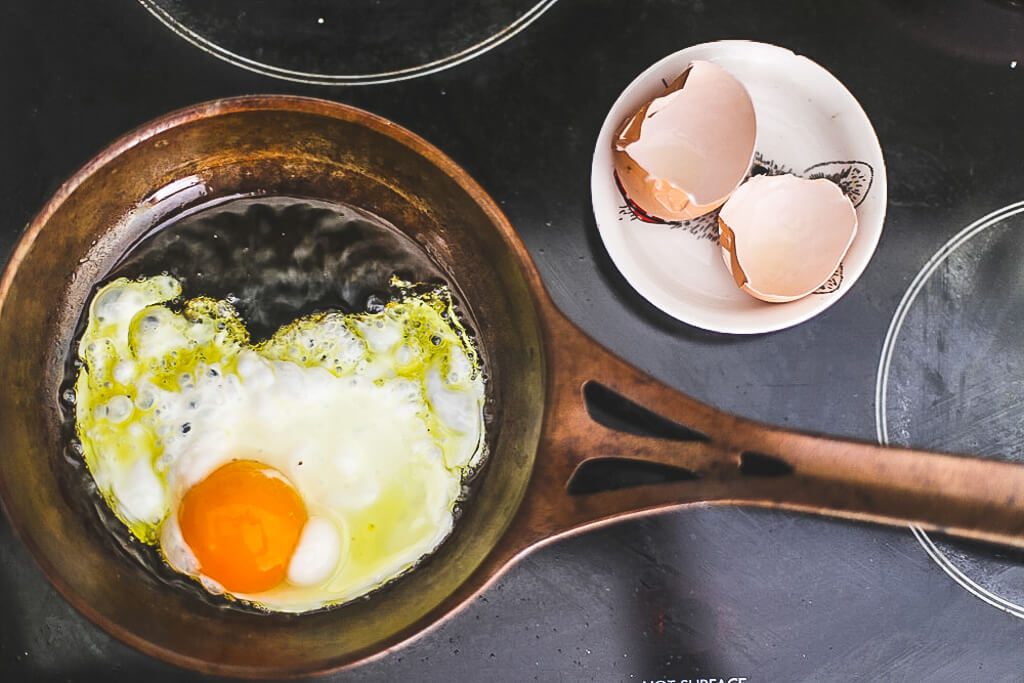
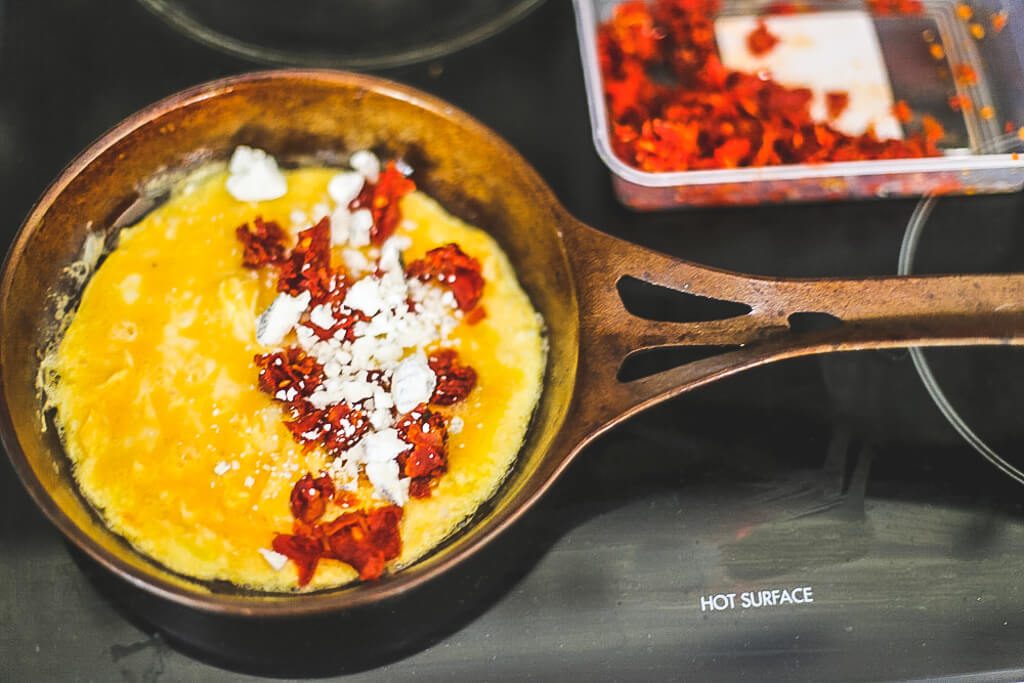
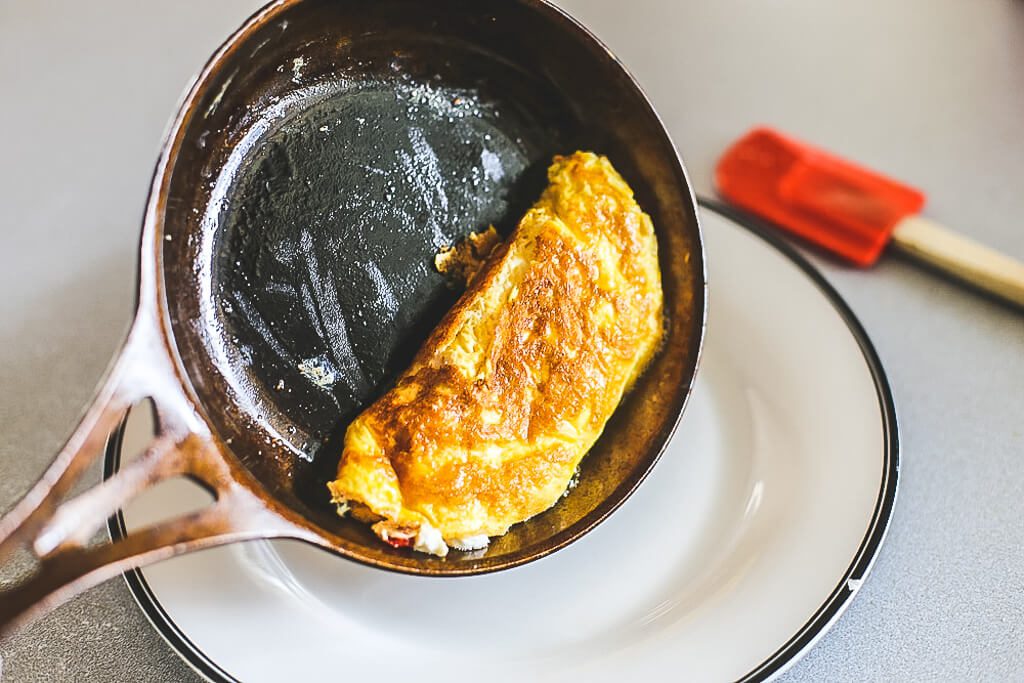
The seasoning of the pan literally has made all the difference to its use. I find that now each time the Aus-ION is used, it develops more of a beautiful sheen and nothing sticks anymore – even when cooking eggs. I love using this pan due to its lightweight, durability for use over intense heat and its heat resistant handle.
Cast Iron pans are definitely the type of cookware you can expect to see one family using for an entire generation. And Lodge is the iconic brand name that people associate with cast iron cooking. Heavy and sturdy enough to cook over a fire, in the oven or directly on the stovetop, there is nothing that cast iron can’t do – and with the right care, the pans actually improve more each time they are used.
Many people are put off by the idea of having to prepare the pan, or “season” it before first use, but once you do this the first time, it is done and then you can rest assured that it will improve with each subsequent use. I will say however that you should never leave a cast iron pan wet – after washing it should be dried and given a slight buffing of oil on a paper towel. Otherwise, the pans can turn rusty.
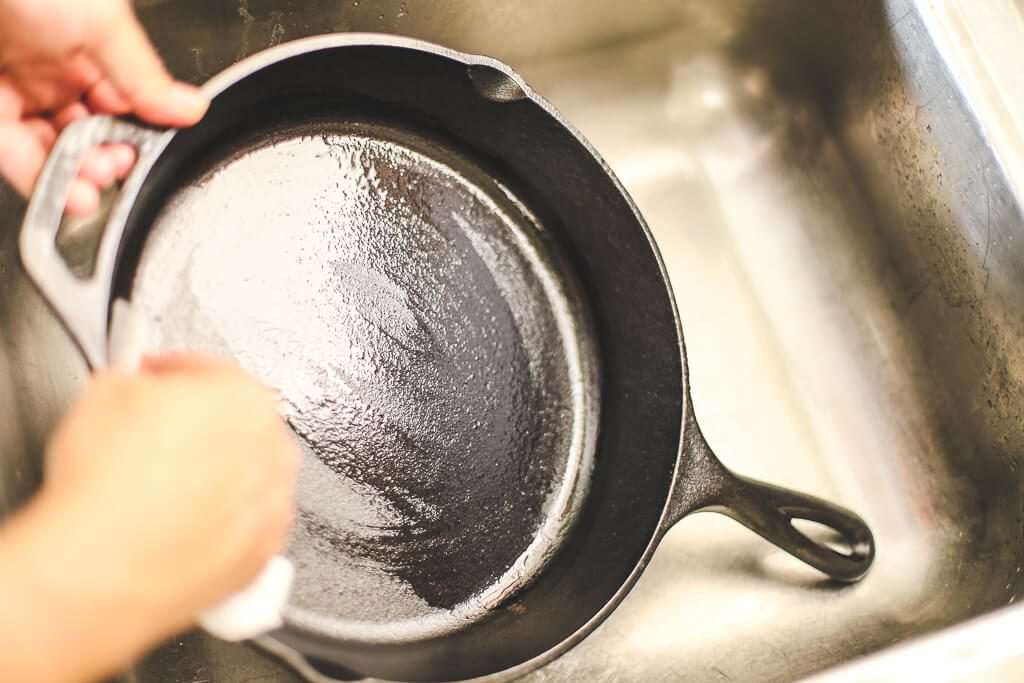
Cast Iron is known for its excellent heat retention, meaning food will stay hotter for longer yet requires less energy. Like the Aus-ION, these pans are suitable for all cooktops and cooking methods – over the fire, in the oven, and on the stovetop.
Cast Iron is the original
non-stick and people love this aspect because you have all the benefits of non-stick cookware without any worries about damaging the surface or particles coming off into your food.
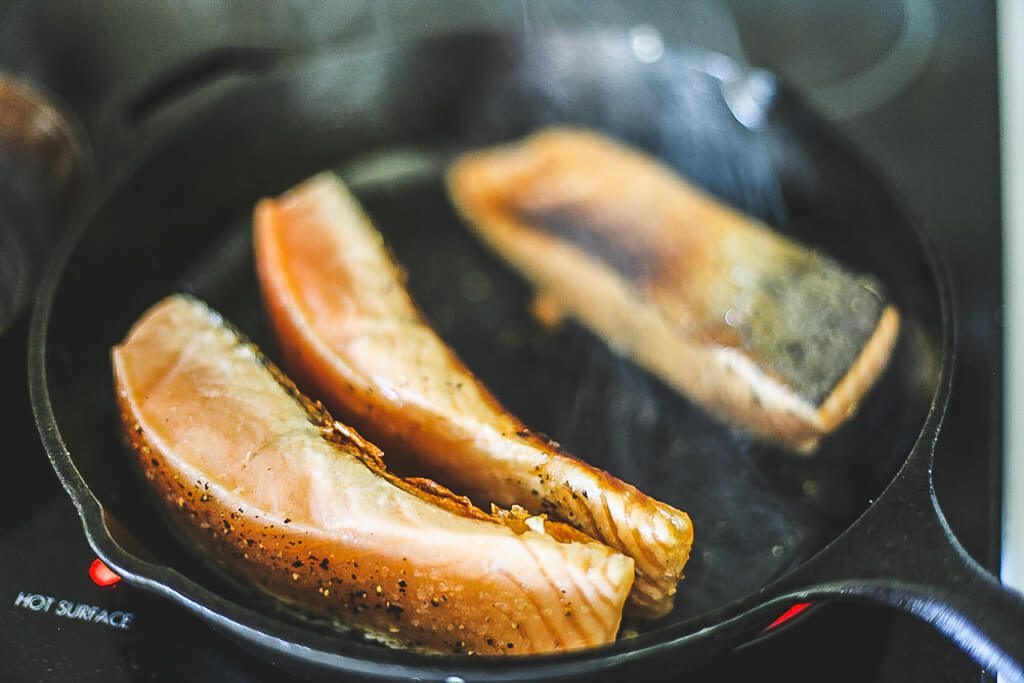
Comparing Solidteknics Aus-Ion and Lodge Cast Iron
Weight: Aus-ION is noticeably lighter than the Lodge Cast Iron. I do feel that some cooks might prefer a heavier pan, however, as it just feels so sturdy in your hands. I appreciate the lightness of the Aus-ION for purposes of taking it camping and just generally lifting and moving it around as I use it in my home kitchen.
Lodge Cast Iron: 6/10
Solidteknics Aus-ION: 9/10

Durability: It has been said that cast iron will last a lifetime and I have seen this in-person first-hand use within my own family. However, Aus-ION comes with a
multi-century guarantee! Cast Iron is a little susceptible to rust, and I haven’t noticed this problem with the Aus-ION steel.
Lodge Cast Iron: 8/10
Solidtekniks Aus-ION: 10/10

Care & Usage: Both pans require “seasoning” before use, even though Aus-ION claims to be pre-seasoned. Both pans can withstand extreme temperatures and are great for any cooking method. It is worth noting that when I did a test cooking side by side, the handle of the Aus-ION remained cooler to the touch than the Lodge Cast Iron.
Lodge Cast Iron: 7/10
Solidtekniks Aus-ION: 9/10
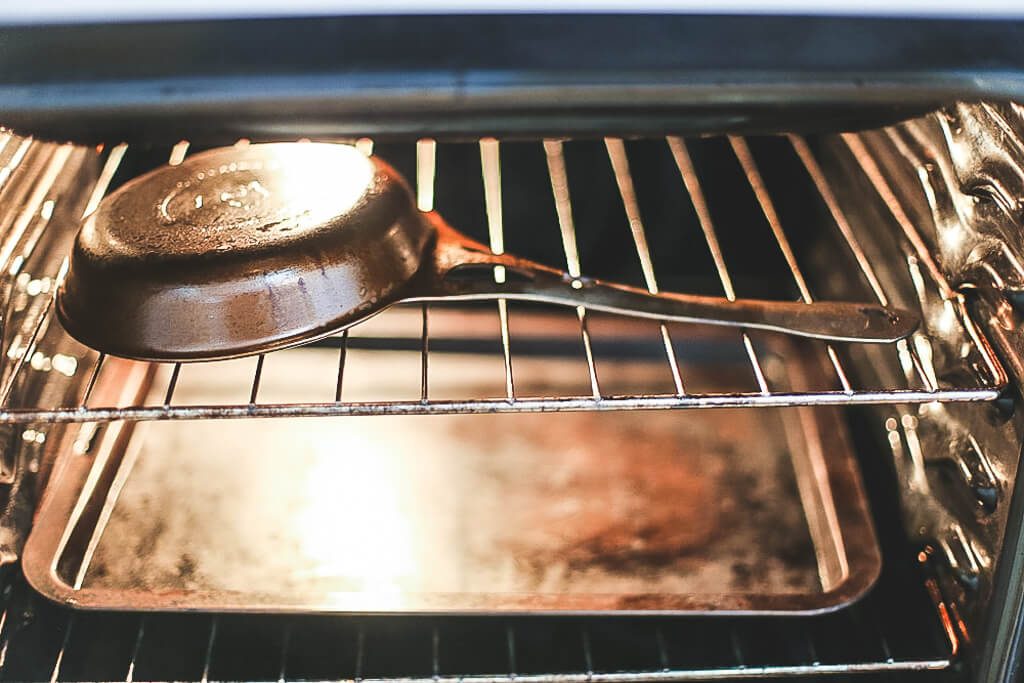
Cleaning: Especially once a well-seasoned exterior has been built up over time, both cast iron and Aus-ION pans clean very easily with a simple wipe of a cloth. No harsh abrasive cleaners should be used in order to not damage the seasoning that is naturally built up over time. Cast Iron can rust if not dried and oiled properly (however the pan is not necessarily ruined). Aus-ION is made from one continuous piece of steel, meaning there will be no food build up at the join. Then again, cast iron skillets were all made from cast iron, I find this is no problem anyway.
Lodge Cast Iron: 6/10
Solidteknics Aus-ION: 6/10
Price: At the time of this article, a
26cm Lodge Cast Iron Skillet is $74.95. Raw cast iron is quite a cost-effective cooking medium, especially given that the pans will last a lifetime with proper care. A
Solidteknics Aus-ION 26cm skillet is $149.00, which is a fair bit more, yet with the multi-century guarantee, same extreme durability yet lighter weight and with its heatproof handle, you can see why this pan is at a higher cost.
Lodge Cast Iron: 10/10
Solidteknics Aus-ION: 7/10
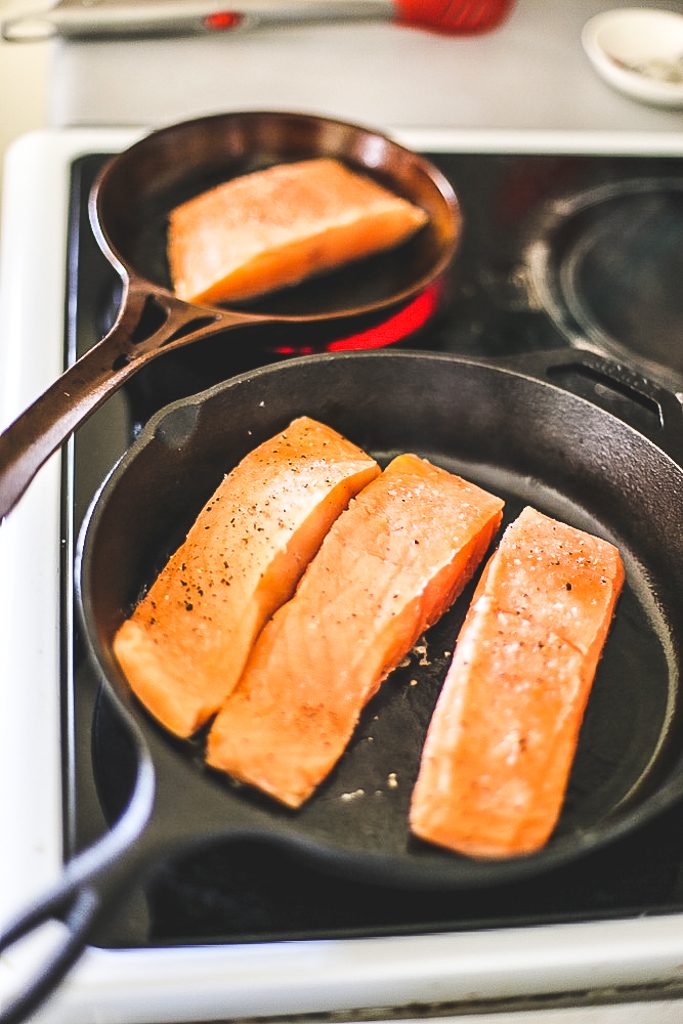
The Scores
Lodge Cast Iron: 37/50
Solidteknics Aus-ION: 41/50
The winner of this comparison is Solidteknics Aus-ION! Perfect for either home use or camping – nothing will give your steaks a better sear than these lightweights yet durable, easy to use and care for pans.
However, I want to stress how fantastic cooking with raw cast iron can be – those pans are some of the most durable and long lasting pans which offer a natural non-stick surface.
Here is a beautiful recipe I created in the Solidteknics Aus-ION:
Brown Butter Miso Glazed Scallops.
Have you decided which frypan you want? Click here to have a look at our wide range of Solidteknics and Lodge Cast Iron Cookware.
Like It? Pin It!












